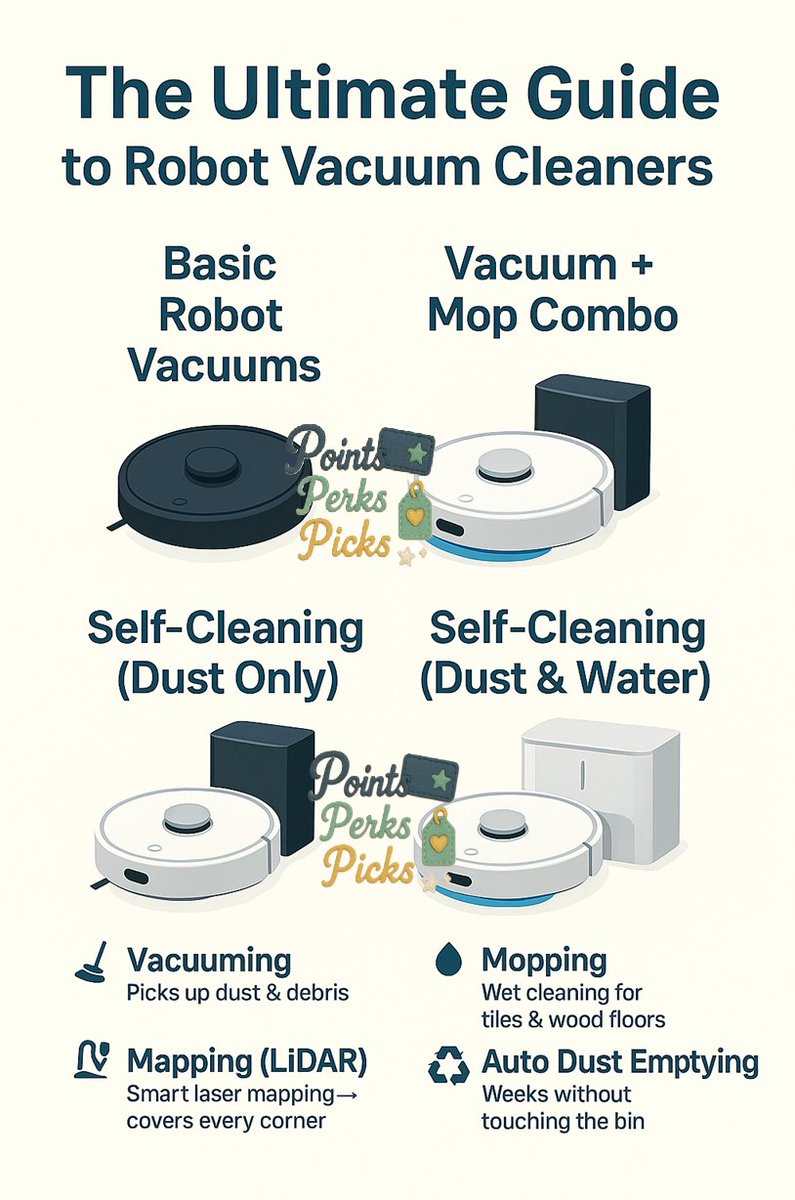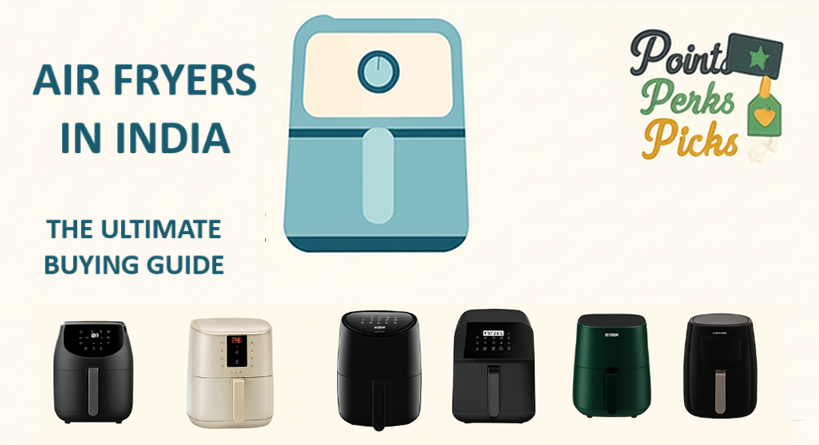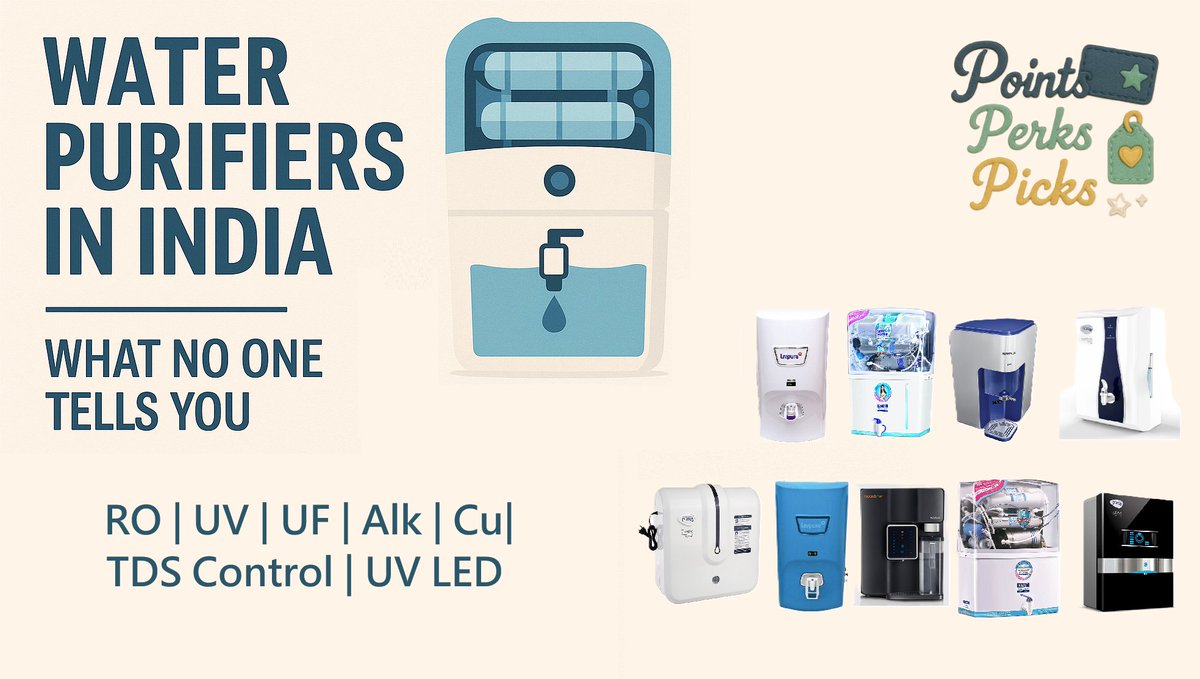How we got 25+% rewards on GOLD and Diamond Jewelry Purchases every year?? 💎🪙
But did we?
BOOKMARK & SHARE
Buying gold using credit cards is great, but how did we maximize the reward value ! 👇 Works for Kalyan, Joyalukkas, Malabar, Reliance Jewels, GRT, Josalukkas, Tanishq and more..
But did we?
BOOKMARK & SHARE
Buying gold using credit cards is great, but how did we maximize the reward value ! 👇 Works for Kalyan, Joyalukkas, Malabar, Reliance Jewels, GRT, Josalukkas, Tanishq and more..

From 2023, we stopped buying GOLD & Jewelry directly with cash or debit cards
The 2 approaches we followed:
Approach 1 : Buying gold coins & pendants online at discount
Approach 2 : Buying Gift vouchers to maximize the returns. There are double, triple offers you can apply
The 2 approaches we followed:
Approach 1 : Buying gold coins & pendants online at discount
Approach 2 : Buying Gift vouchers to maximize the returns. There are double, triple offers you can apply
Used to purchase gold coins & pendants online at discount aggressively for 2020-2024 period.
All the accumulated gold coins can be exchanged at Today's market Price at most of the jeweler.
P.S. We buy only 24KT gold coins/pendants (995 & 999 purity). We are not buying aggressively in 2025 as the GOLD price is very high and we don't have any immediate spends
All the accumulated gold coins can be exchanged at Today's market Price at most of the jeweler.
P.S. We buy only 24KT gold coins/pendants (995 & 999 purity). We are not buying aggressively in 2025 as the GOLD price is very high and we don't have any immediate spends

Approach 2: MULTI-DIP STRATEGY IN ACTION
SAME STRATEGY IN 2023 & 2024
How we got ₹100,000+ reward back on a ₹4L Gold Purchase
Bought Shopping Vouchers using Axis Magnus Burgundy (during AEP month)
- Amazon Pay
- Amazon Shopping Voucher
- Reliance Jewels
AEP month post 1.5L = 35ER/₹200
70,000 ER points = 56,000 Accor Points
56,000 Accor Points = ~₹1,10,000 Accor Stays
That's a SOLID ~25% Reward Value
SAME STRATEGY IN 2023 & 2024
How we got ₹100,000+ reward back on a ₹4L Gold Purchase
Bought Shopping Vouchers using Axis Magnus Burgundy (during AEP month)
- Amazon Pay
- Amazon Shopping Voucher
- Reliance Jewels
AEP month post 1.5L = 35ER/₹200
70,000 ER points = 56,000 Accor Points
56,000 Accor Points = ~₹1,10,000 Accor Stays
That's a SOLID ~25% Reward Value

Some Salient Items for additional dips
- Why Amazon Pay/Shopping vouchers?
Used Amazon GVs to purchase Reliance Jewels GVs on Amazon → extra 2% discount
Amazon Pay vouchers have a monthly and quarterly limit, hence added Shopping vouchers to purchase Reliance Jewels vouchers.
Also,
- The jewelry store was in Phoenix mall. Uploaded bill on Phoenix Mall app → received ₹5,000 in food GVs
- Claimed 0.5% Reliance One points redeemable at Jio, Trends, etc
- Why Amazon Pay/Shopping vouchers?
Used Amazon GVs to purchase Reliance Jewels GVs on Amazon → extra 2% discount
Amazon Pay vouchers have a monthly and quarterly limit, hence added Shopping vouchers to purchase Reliance Jewels vouchers.
Also,
- The jewelry store was in Phoenix mall. Uploaded bill on Phoenix Mall app → received ₹5,000 in food GVs
- Claimed 0.5% Reliance One points redeemable at Jio, Trends, etc

Which all cards give such value ?
High Reward Earning Cards - AXIS MAGNUS BURGUNDY, ICICI EPM, TB via. iSHOP, HDFC Infinia & DCMB via. SmartBuy
Decent CB & Milestone Rewards - SBI Cashback, Amex Plat Travel etc.
High Reward Earning Cards - AXIS MAGNUS BURGUNDY, ICICI EPM, TB via. iSHOP, HDFC Infinia & DCMB via. SmartBuy
Decent CB & Milestone Rewards - SBI Cashback, Amex Plat Travel etc.
But did we really save 25% ? NO
We got 25% worth Accor Stays, which we might use of not in the future at the same value. The reason I say this is, we have accumulated Lakhs of points using these strategies, but the Accor Point / Credit Card point value might or might not stay the same till we redeem
We got 25% worth Accor Stays, which we might use of not in the future at the same value. The reason I say this is, we have accumulated Lakhs of points using these strategies, but the Accor Point / Credit Card point value might or might not stay the same till we redeem
Is this strategy only applicable on Reliance? NO !
So which all jewelers and where to buy?
Reliance Jewels (Only Amazon Pay) - amzn.to/3HuYkNE
Kalyan GOLD (FLAT 3% off - Only Amazon Pay) - amzn.to/4loTzn1
Joyalukkas Gold (FLAT 3% off - Only Amazon Pay) - amazon.in/dp/B0DRP6Q2ZJ/…
MALABAR Gold (Both Amazon Pay & Shopping) - amazon.in/dp/B0FCDP5YS8/…
Jos Alukkas - Gold Jewellery (Both Amazon Pay & Shopping) - amzn.to/40YTrmM
GRT Jewellers (Both Amazon Pay & Shopping) - amzn.to/4fu3DcV
TANISHQ (2% off coupon - Both Amazon Pay & Shopping) - amzn.to/4mhPYZe
Kalyan Diamond (FLAT 5% off - both Amazon Pay & Shopping) - amzn.to/4mz2XFn
So which all jewelers and where to buy?
Reliance Jewels (Only Amazon Pay) - amzn.to/3HuYkNE
Kalyan GOLD (FLAT 3% off - Only Amazon Pay) - amzn.to/4loTzn1
Joyalukkas Gold (FLAT 3% off - Only Amazon Pay) - amazon.in/dp/B0DRP6Q2ZJ/…
MALABAR Gold (Both Amazon Pay & Shopping) - amazon.in/dp/B0FCDP5YS8/…
Jos Alukkas - Gold Jewellery (Both Amazon Pay & Shopping) - amzn.to/40YTrmM
GRT Jewellers (Both Amazon Pay & Shopping) - amzn.to/4fu3DcV
TANISHQ (2% off coupon - Both Amazon Pay & Shopping) - amzn.to/4mhPYZe
Kalyan Diamond (FLAT 5% off - both Amazon Pay & Shopping) - amzn.to/4mz2XFn
🚨A few things to note
- Check for the store if they accept vouchers, in our case 100% of the stores did
- High value vouchers take some time (at times 12-24 hours), be prepared
- Don't buy gold for the rewards, get rewards for the planned purchases
- Any jewelery purchases have making charges, hence not considered as investment
- Check for the store if they accept vouchers, in our case 100% of the stores did
- High value vouchers take some time (at times 12-24 hours), be prepared
- Don't buy gold for the rewards, get rewards for the planned purchases
- Any jewelery purchases have making charges, hence not considered as investment
• • •
Missing some Tweet in this thread? You can try to
force a refresh










